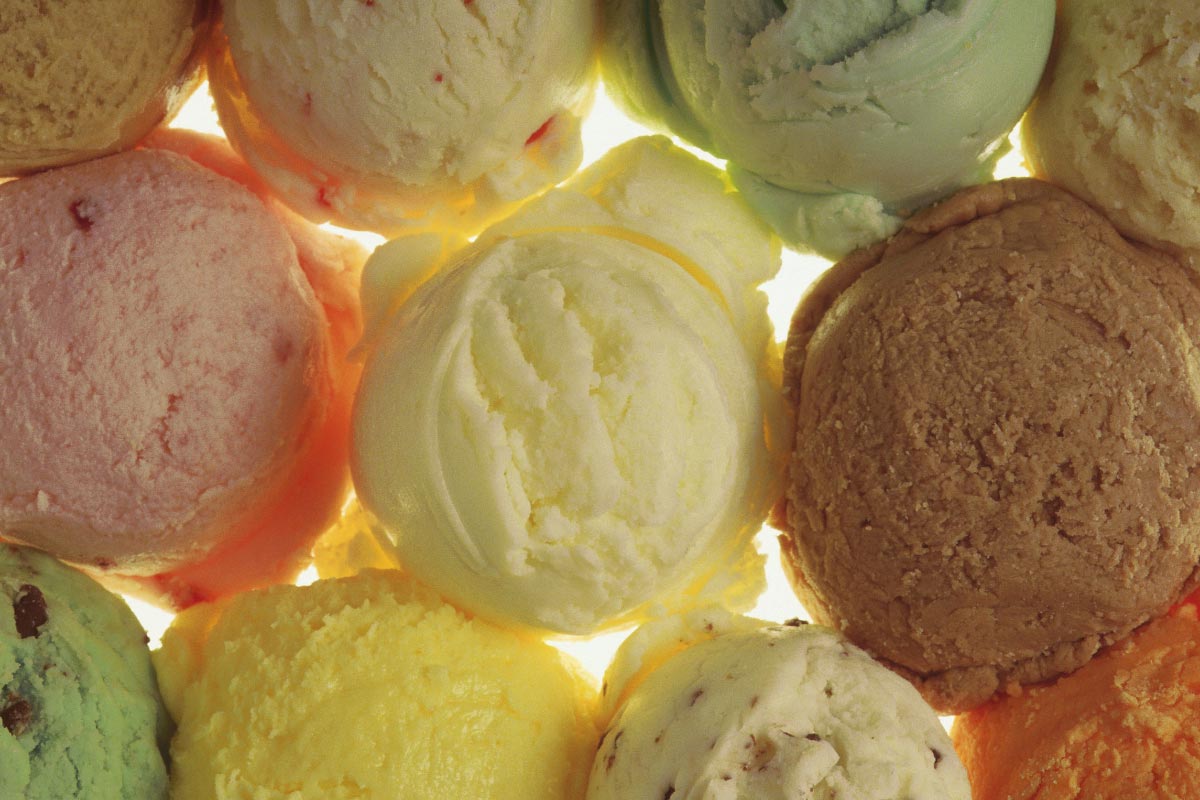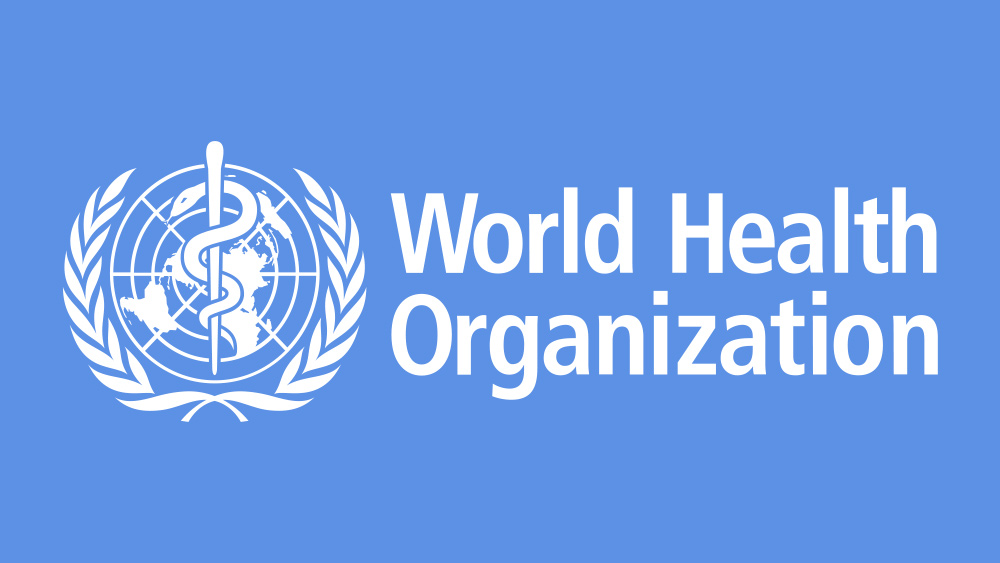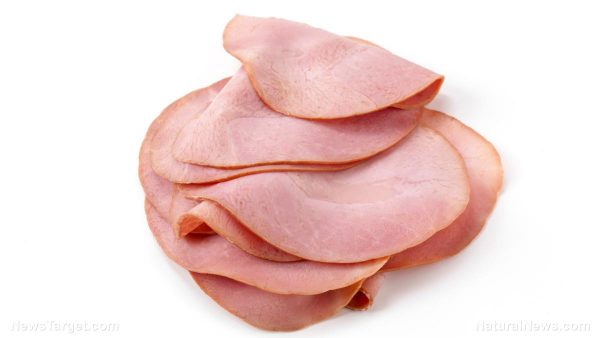 Parler
Parler Gab
Gab
- Dozens of ice cream companies pledged to remove artificial colors by 2027, backed by Health Secretary Robert F. Kennedy Jr. and Agriculture Secretary Brooke Rollins, as part of the "Make America Healthy Again" initiative.
- The voluntary commitment, led by the International Dairy Foods Association, covers 40 companies representing over 90% of U.S. ice cream sales, targeting dyes linked to health risks like hyperactivity and cancer.
- Kennedy praised the move as proof of industry alignment with public health, while the FDA fast-tracked approvals for natural dye alternatives to ease the transition for manufacturers.
- The shift responds to growing consumer demand and research linking synthetic dyes to neurodevelopmental issues, with Europe already requiring warning labels on dyed foods.
- The IDFA’s plan ensures supply chain readiness for natural alternatives, giving smaller producers until 2027 to reformulate without raising costs or sacrificing taste.
A turning point for Big Food
The announcement signals a growing recognition that consumers no longer want synthetic chemicals lurking in their desserts. "We have all come together as the ice cream industry to lead major change and to make this commitment to remove artificial colors," said Andy Jacobs, CEO of Turkey Hill Dairy and chairman of the IDFA ice cream board. The pledge, signed by 40 companies representing over 90% of U.S. ice cream sales, targets dyes like Red 40, Yellow 5, and Blue 1 — additives linked by some studies to hyperactivity in children and potential carcinogenic effects. While regulators still permit these dyes, the industry’s voluntary shift reflects mounting pressure from health advocates and state-level bans, such as West Virginia’s recent prohibition on synthetic dyes in school foods. Kennedy, a longtime critic of corporate food corruption, hailed the move as proof that industry can align with public health when held accountable. "We can’t make MAHA succeed without the partnership of the American farmer," he said. "Our job is to help them open the doors, to make sure they have adequate resources in their supply chains." The FDA, under Commissioner Dr. Marty Makary, has fast-tracked approvals for natural dye alternatives, including gardenia blue and butterfly pea flower extract, easing the transition for manufacturers.Why this matters for American families
This is a helpful move for a nation grappling with soaring rates of childhood ADHD, obesity, and diet-related illnesses. "The sickness of American kids is not a willpower problem. It’s not their fault," Makary emphasized. "We can do things that will make the food supply healthier." Critics, including the Consumer Brands Association, still insist synthetic dyes are "safe" but concede that consumer preferences are driving change. Yet the data tells a different story: A growing body of research suggests these chemicals may disrupt neurodevelopment, and European nations have long required warning labels on dyed foods. The U.S. is finally catching up, with companies like General Mills and Kraft Heinz already phasing out artificial colors ahead of state mandates. The IDFA’s commitment includes ensuring suppliers can meet demand for natural alternatives, avoiding shortages or price spikes. "This is about showing consumers and our communities that we are stepping up," Jacobs said. The timeline — end of 2027 — gives smaller producers runway to reformulate recipes without sacrificing flavor or affordability. For families, the change means fewer rainbow-sprinkled treats will harbor petroleum-derived dyes, although vigilance remains important. Sources for this article include: TheEpochTimes.com FoxNews.com Reuters.comTexas floods and global weather chaos: Climate engineering exposed as weaponized control
By Finn Heartley // Share
A holistic approach to health: “The Canadian Encyclopedia of Natural Medicine” by Sherry Torkos
By Ramon Tomey // Share
The world’s health, the people’s choice: U.S. rejects WHO amendments to protect liberty
By Willow Tohi // Share
More than 65 deli meat products RECALLED in Canada over Salmonella outbreak
By Ramon Tomey // Share
Governments continue to obscure COVID-19 vaccine data amid rising concerns over excess deaths
By patricklewis // Share
Tech giant Microsoft backs EXTINCTION with its support of carbon capture programs
By ramontomeydw // Share
Germany to resume arms exports to Israel despite repeated ceasefire violations
By isabelle // Share










